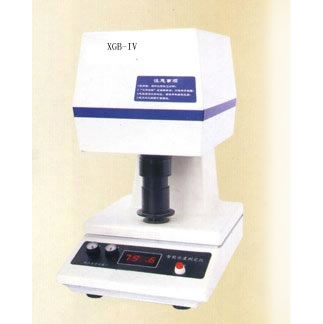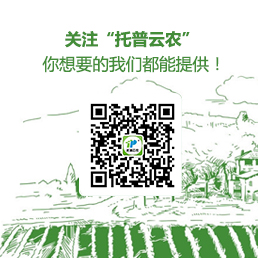Smart Whiteness Tester is a measuring instrument used in industrial production. It is precisely the instrument used to measure the whiteness of a sample. The application of this instrument is very extensive. It can be applied not only to white flour such as flour. Degree of determination, also often used in paper and paperboard, pulp and chemical fiber pulp, cotton and chemical fiber, textiles, plastics, ceramics, porcelain, starch, salt, white cement, china clay, talcum powder and other objects of the whiteness measurement, In industrial production, it is an effective "weapon" to increase the whiteness of the sample and increase the product qualification rate. As an important detection instrument, it can be applied to the determination of whiteness of many kinds of samples. Therefore, in order to meet the needs and meet the requirements of industrial product testing, the standards that smart whiteness tester needs to implement mainly include the following points: The R&D and production of the smart whiteness tester must meet the above criteria before it can be applied to the corresponding test items. This can effectively ensure that the test results of the instrument meet the relevant regulations and requirements and can be used as an important basis for judging product quality. In the flour quality test, the application of intelligent whiteness tester is very typical. It can be used together with the gluten number and mass tester, drop value tester, wheat hardness tester, food viscosity tester and magnetic metal detector to effectively ensure The appearance and intrinsic quality of the flour meets the requirements and meets the needs of the market. 3 Wheel Electric Recreational Scooter 3 Wheel Electric Recreational Scooter,Mini Electric Bike,Leisure Tricycles,3 Wheel Mobility Scooter Xuzhou Hengshang Mechanical and Electrical Co., Ltd. , https://www.hengsenergy.com
GB7933-87: Determination of diffuse reflectance factors for pulp, paper and board (d/o method);
GB7974-87: Determination of whiteness of paper and paperboard (d/o method);
ISO 2470: Determination of blue diffuse reflectance factors for paper and board (ISO brightness);
GB 8940.2: Determination of Pulp Whiteness.
GB 1840: Determination of industrial potato starch.
GB 2913: Plastic whiteness test method.
GB 13025.2: General test method for salt industry, determination of whiteness.
GB 1543-88: Determination of the opacity of paper.
ISO 2471: Paper and board opacity assays.
GB10339-89: Determination of light scattering and light absorption coefficients for paper and pulp.
GB T/5950: Whiteness measurement method for building materials and non-metallic mineral products.
Textile industry standard: Determination of pulp whiteness for chemical fibres. 